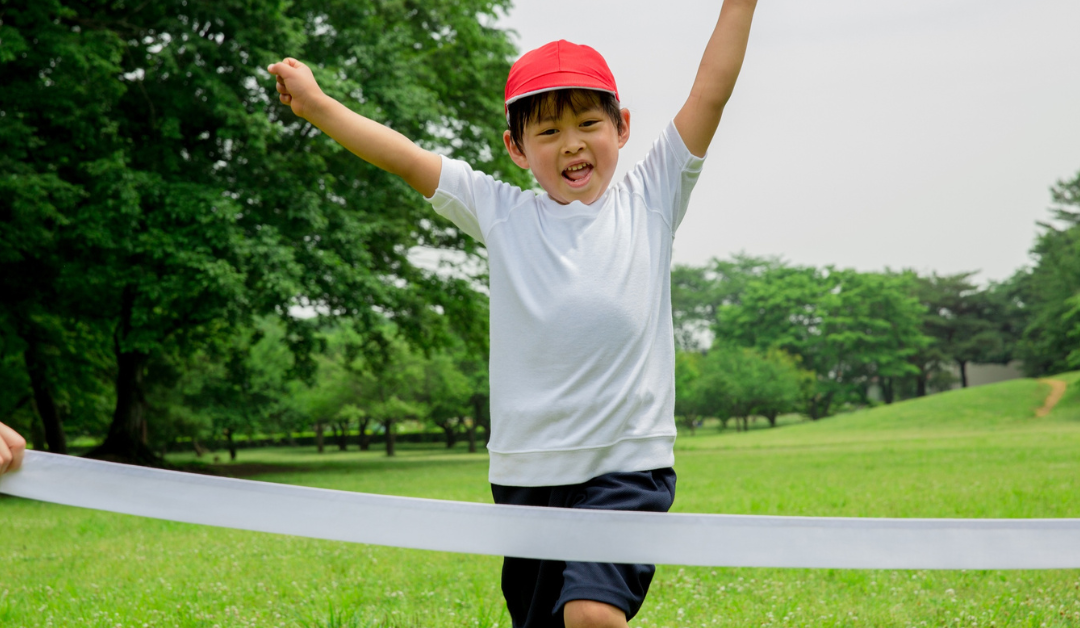When it comes to helping your child thrive, setting clear and achievable ABA goals is a game-changer. Whether you’re just beginning your ABA journey or looking to fine-tune your approach, this guide will walk you through everything you need to know about creating goals that work for your child—and your family.
Ready to dive in? Let’s get started!
What is an example of a goal in ABA?
Before we get into the nitty-gritty of setting ABA goals, let’s talk about what a goal might look like.
Goals in ABA are specific, measurable, and tailored to the unique needs of your child. For instance:
Example: “Johnny will independently request a drink using a verbal prompt or hand signal at least three times a day within one month.”
This goal is:
- Specific: It targets a single skill—requesting a drink.
- Measurable: Success is defined as three requests daily over a month.
- Relevant: It focuses on an essential life skill.
- Time-bound: There’s a clear deadline for progress.
When you’re setting ABA goals, keep in mind the areas you’d like to see improvement. Communication, social interactions, and self-care are common starting points.
What’s key here is making the goal meaningful for your child’s daily life.
What are the three goals of ABA?
If you’re wondering about the overarching purpose of ABA, it boils down to three main goals:
- Increase Positive Behaviors ABA focuses on teaching skills and behaviors that improve quality of life. This could mean anything from learning how to greet a friend to mastering a morning routine.
- Decrease Challenging Behaviors Sometimes children exhibit behaviors that can be disruptive or even harmful. ABA works to reduce these behaviors in a way that’s compassionate and supportive.
- Promote Independence Ultimately, the aim of ABA is to help children become as independent as possible. Whether it’s tying shoelaces or expressing emotions, every step toward independence is a win.
When crafting ABA goals, consider how these three objectives apply to your child’s current challenges and strengths.
For example, if your child struggles with transitions, a goal might be, “Sarah will independently transition from one activity to another with verbal prompts within 30 seconds, 80% of the time.”
What are the goals of intervention in ABA?
ABA interventions are as diverse as the children they support, but the goals remain focused on meaningful change.
Here are a few examples:
- Skill Acquisition: Think of skills like brushing teeth, following directions, or engaging in play. For example, “Liam will complete a three-step instruction with 90% accuracy over two weeks.”
- Behavior Reduction: Challenging behaviors often stem from unmet needs or lack of skills. Intervention might involve replacing these behaviors with more appropriate alternatives. For instance, instead of screaming to get attention, the goal might be, “Sophie will raise her hand to get attention during structured activities.”
- Social Development: Social skills are crucial for children to build connections and navigate the world. Goals like “Max will initiate a peer interaction during free play at least twice a day” are designed to enhance these interactions.
The beauty of ABA is that it’s tailored to your child.
Goals are developed after assessing their unique needs, and interventions are implemented with precision and care.
What are the goals of ABA in schools?
For children in school, ABA plays a critical role in fostering academic and social success. The goals of ABA in schools often focus on:
- Classroom Behaviors: ABA can help children learn skills like staying seated, raising their hand, or completing tasks. For example, “Alex will complete an independent worksheet with 90% accuracy and no more than two prompts during a 15-minute period.”
- Social Skills: Navigating friendships and group settings can be tough for some kids. ABA might target goals like “Emily will share materials with peers during group activities four out of five times.”
- Communication: Clear communication is key in a school environment. A goal could be, “Daniel will independently ask for help during classroom tasks when needed.”
- Behavior Management: Some children may need support managing frustration or adapting to change. Goals might include, “Jordan will use a calming strategy, such as deep breathing, during moments of frustration in four out of five instances.”
By integrating ABA goals into the school setting, children can build confidence and achieve their potential in a structured environment.
Tips for Setting Achievable ABA Goals
Now that you have a better understanding of what ABA goals look like and their purpose, here are some practical tips for creating goals that work:
- Focus on Priorities: Not every skill needs to be tackled at once. Identify what’s most important for your child right now and build from there.
- Make it Collaborative: Work closely with your child’s ABA therapist, teachers, and other caregivers to ensure everyone is on the same page.
- Be Realistic: It’s tempting to aim high, but setting overly ambitious goals can lead to frustration. Break big goals into smaller, manageable steps.
- Celebrate Successes: Every achievement, no matter how small, is a victory. Recognize progress and use it as motivation to keep going.
- Review and Adjust: ABA is dynamic. Regularly review goals and make adjustments as your child grows and develops new skills.
Wrapping It Up
Setting ABA goals doesn’t have to be overwhelming.
Remember, you’re not in this alone.
Lean on your ABA team for guidance and support, and don’t forget to celebrate the wins along the way.
Together, we can help our children shine brighter than ever.
Interested In More Hands On Support?
Hybridge Learning Group serves families and learners of all ages in New Jersey, Delaware, Maryland, and Virginia.
Autism · ABA Therapy · Occupational Therapy · Speech Therapy · School Support
Here To Help
Hybridge Learning serves families and learners of all ages in New Jersey, Delaware, Maryland, and Virginia.
Phone: (855) 796-7518
Fax: (908) 271-7110
Email: services@hybridgelearning.com
Website Quick Links
About Hybridge Learning
Locations
Services
Resources
Careers
Getting Started
Get Started
Our team is here to make getting started easy every step of the way. The first step is filling out our contact form & scheduling a free consultation to chat with our team.

